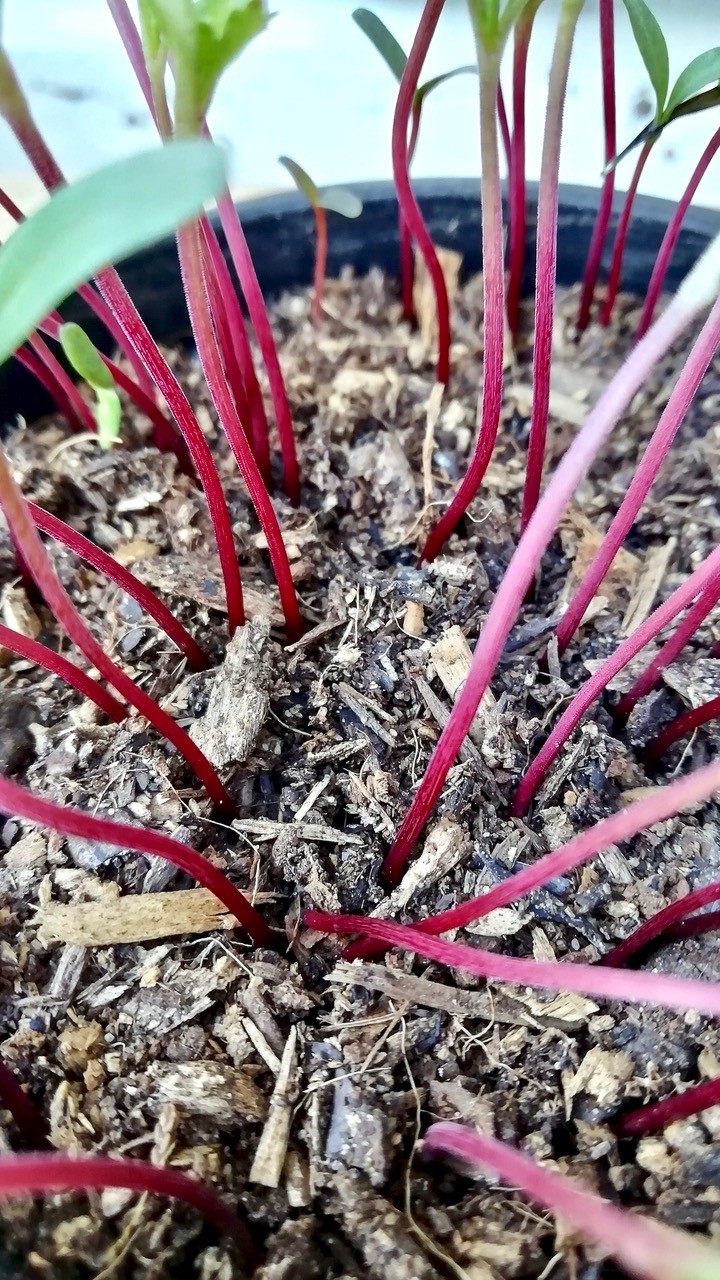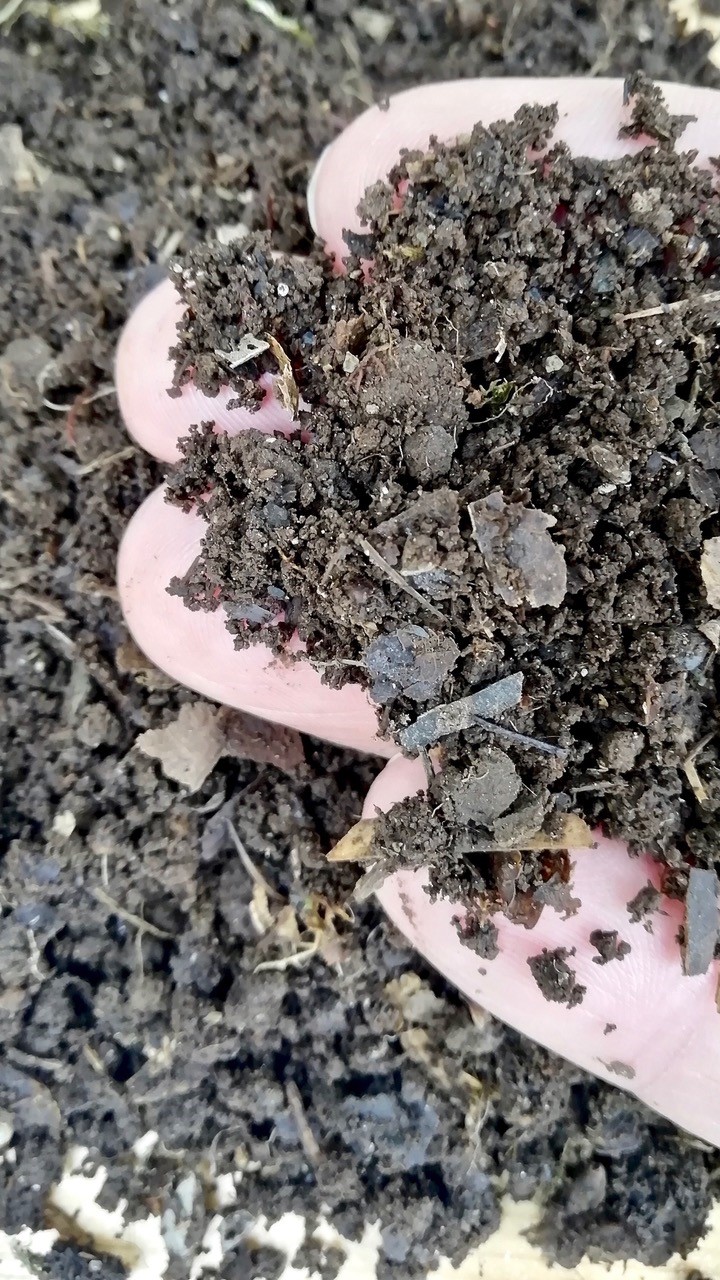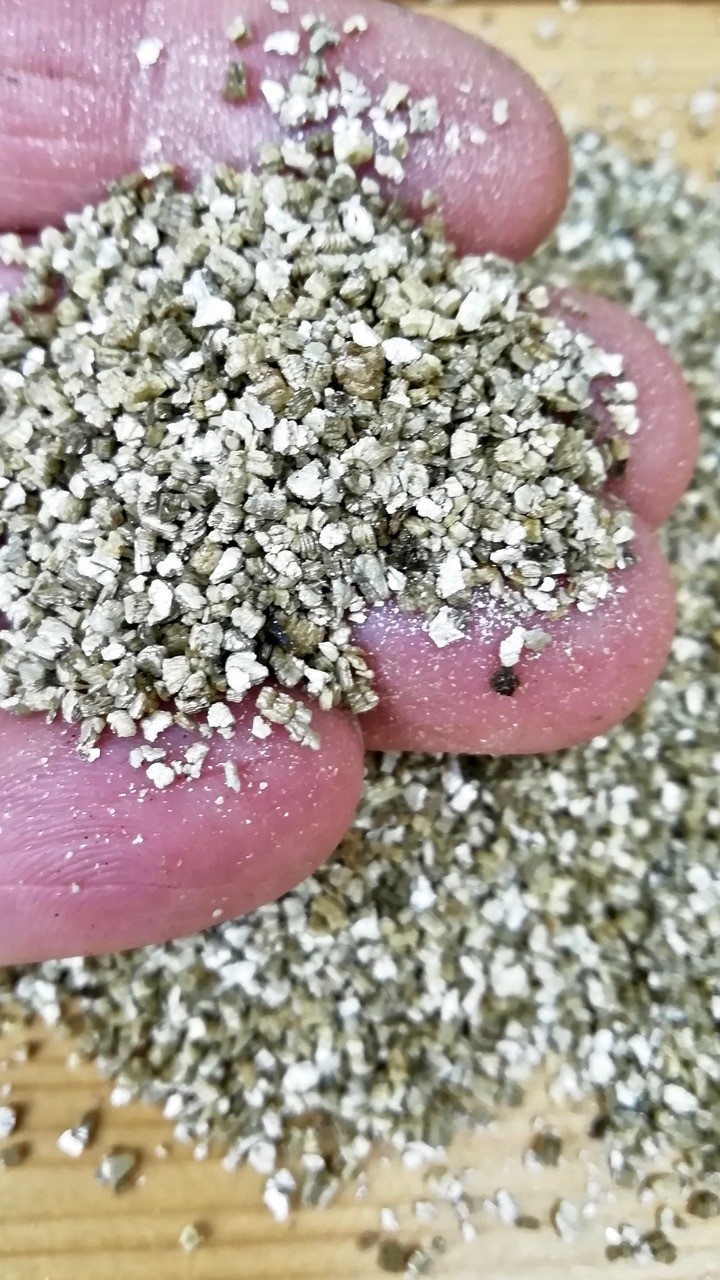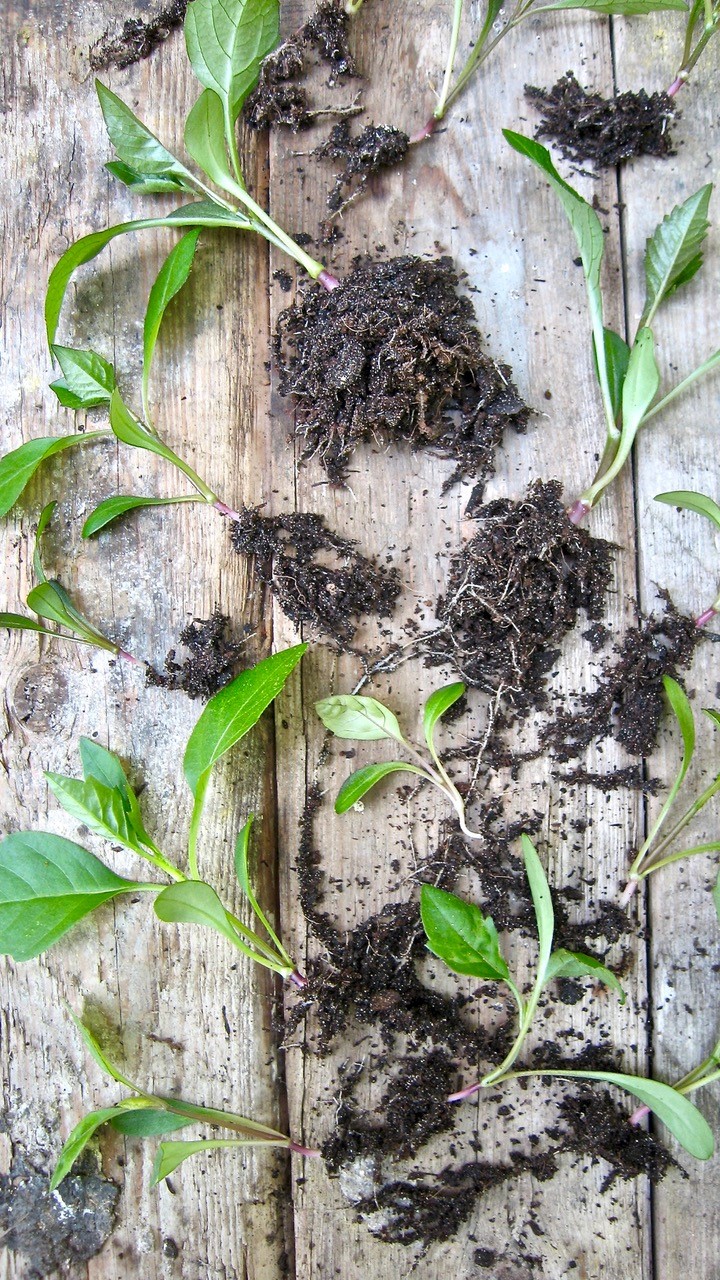‘Expert’ advice is good for filling column inches and boosting social media profiles – but much of it is altogether less useful when it comes to getting new gardeners growing.
Whatever happened to simplicity, to straightforwardness, to easiness – especially in our gardens and greenhouses? Amid spring’s usual gardening febrility, there’s a noticeable explosion of something else when it comes to the blissfully simple act of sowing a few seeds: an overabundance of overcomplicated and over-egged ‘expert’ advice.
This kind of information has found a rich, fertile seed-bed on social media channels, where anyone who’s anyone can claim ‘expert’ status and spout forth (whether they have a clue what they’re on about or not).

I cringe whenever anyone describes me as a ‘gardening expert’; I prefer to think of myself as someone possessed of unending curiosity who’s been gardening since they could walk, with more seasons of experience under my nails than I dare tot up. Having studied horticulture and then made communicating about it the main chunk of my career, I guess I’ll fess up to a little expertise-lite, but I’m still wary of the tag (even at the risk of doing myself out of a job…).
The one enduring lesson I’ve learnt from a lifetime among plants, the truth with the deepest taproot, is that much contemporary gardening advice is overly complicated, infused with fussiness, and simply over the top. The reasons why resemble a tangle of bindweed roots.
Horticulture professionals-turned-writers can find it hard to burst forth from their professional, expert cocoons (let alone their egos) and start gardening in the real, amateur world. When I worked on a gardening magazine, the first advice I gave to new members of staff – pumped full of enthusiastic expertise – was to forget that we were experts and start thinking like everyday gardeners. Ouch! It stuck a pin in our egotist expectations, but it worked a treat; our readers loved what we published.
Getting stuck in bygone gardening is another culprit; lazily regurgitating advice that’s decades out of date – ecologically let alone practically – doesn’t help anyone bitten by the gardening bug today. Soft fingers and unsullied fingernails, coupled with an I’m-so-busy penchant for googling rather than gardening, also ensures that faff-filled advice lives on. Content-craving magazines and other media, on or offline, don’t help either; padding out the simple act of sowing seeds using a mountain of words, when a molehill will do, helps fill pages – but it doesn’t half make a meal of the easy and effortless.

One thing I read and hear about constantly is ‘regime change’, especially in relation to the use of nature- and climate-friendly peat-free composts. ‘They need a different watering and feeding regime…’; ‘They’re more difficult to use than peat-based compost’ and ‘Gardeners will need to adapt to the different mixes…’ are just some of the ‘expert’ commentary doing the rounds.
What pap. If you’ve got some gardening experience under your belt, switching to a modern, quality peat-free will be seamless: you’ll have developed enough gardening instinct (green fingers?) to sow and grow without a fuss – your adaptive intuition will kick in. If you’re new to the growing game, you’ll be fine, too – despite flurries of caution-laden expert advice. Gardening – and using sowing and potting composts in particular – is akin to learning to ride a bike: you start off wobbly with stabilisers, and fall off a few times, but once you’ve mastered it, there’s no going back, because growing things, like cycling, becomes instinctive. So much highfalutin gardening advice is the equivalent of never taking the stabilisers off.
Modern, quality peat-free mixes are made and mixed to give newbies and old hands alike success across the wide range of different and constantly fluctuating conditions found in each of our tens of millions of gardens, greenhouses, allotments and polytunnels. It’s no mean feat. A few peat-free compost makers have been at this game for decades; they’ve used their experience and expertise to fill bags with compost that means you don’t have to be an expert to achieve success from the get-go.
Quality is key. As we prepare to ditch peat for good (a ban on its sale to gardeners in England and Wales is now almost a cert), cheap, unreliable bandwagon peat-frees abound, so here’s an unsurprising tip from this experienced gardener: you’ll get what you pay for.

Ascendant among ‘expert’ advice right now is guidance on sowing seeds. This ought to be fuss-free and easy: sow seeds, and they will grow. But a plethora of must-dos abound: ‘Always sieve compost first to remove large lumps’; ‘Add perlite to keep the compost open’; ‘Cover seeds with vermiculite to aid germination’. And so on.
If you’re having to sieve a bag of peat-free compost to sow seeds, you’d be well advised to take it back and get a refund. Quality matters. Some decent peat-frees are on the coarse side – it’s the nature of the renewable raw materials in them – but it’s easy enough to crumble some finer compost over seeds to cover them. Tiny, dust-like seeds should be surface-sown anyway. Big seeds can go in a hole made with a fingertip. Job done.
The hitch with religiously sieving compost – even a quality one – is that you tempt poor results: removing all but the finest crumbs risks them binding together to form a hard, impenetrable crust that traps seedlings beneath it (experts call it ‘capping’). Using fresh, top-quality compost straight from the bag works a treat. And here’s another non-expert tip: the backs of bags of quality brands are replete with expert advice on getting the best from what’s in them.

I have faint memories of using perlite and vermiculite from when I was accruing my own gardening expertise. Both materials are mined as rock, then turned into the imported products we’re familiar with by heating them at high temperatures, giving them – along with the plastic bag they come in – a hefty carbon footprint. One thing I’ve learnt during my lifelong apprenticeship in the garden is that you don’t need either to succeed with everyday seed sowing. As our life-giving natural world fragments around us, and the need to use less stuff while cutting our energy use becomes ever more urgent, that’s no bad thing. Pots and trays neatly sprinkled with perlite/vermiculite might make prettier pictures on social media feeds and magazine pages, but seeds don’t care a jot.
Nor do they follow expert advice; seeds just need somewhere that’s moist and warm where they can germinate and start out in life. Most don’t even need expertly blended compost, or fancy propagators; a warm living room will do. Mature, crumbly, ultra-local and plastic-bag-free leafmould is as good a material to sow in as any – and as it’s generally devoid of weed seeds, the only seedlings that pop up will be from the seeds you’ve sown.
As a belt and braces, you can sow in easy-to-spot rows across the pot or tray, or cover the leafmould with 1cm of bought compost and then sow into that (weed seeds buried beneath it won’t be able to germinate). The seedlings will only be in it for a few weeks at most, so there’s no need to add plant foods; the quality mix you move them into will take care of the next part of their journey.
Simple. Straightforward. Easy. Just how seed sowing, and gardening in general, ought to be.
Text and images © John Walker
Find John on Twitter @earthFgardener


